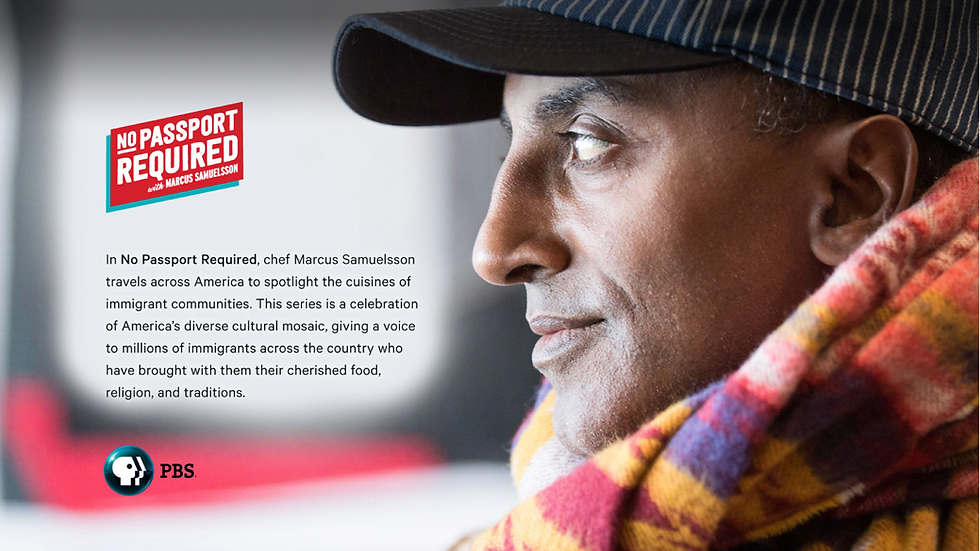JODELLE REED DEVANEY
FROM CONCEPT TO EXECUTION, IDEAS THAT SOLVE PROBLEMS, EXPERIENCED LEADER WITH HANDS ON SKILLS.
HOW I WORK
Each project is unique. This is where my experience comes into play. I can anticipate and address questions before they arise and thoroughly assess the task at hand. I have the ability to see the big picture and identify the additional steps necessary to enhance the project and ensure client satisfaction.
This page will provide a glimpse of how a project may unfold, whether I am personally creating and implementing it or guiding my teams in utilizing the design process.

PHOTO CREDIT: Rose Devaney
STEP TWO CONCEPTUAL WRITING
"Conceptual writing treats words as material objects." This means that when I or we present these writings to you, we take the time to compile our research and express our visual thinking into words. Why does this matter? Because it is an important exercise to break down the big idea into its simplest form. We also use this as a tool to keep us on track and remind us of our mission.

STEP ONE THE DOWNLOAD
To get the ball rolling I gather information like client briefs, mission statements and analytic reports, this sets the tone for the project. I approach project as a unique puzzle that requires elements to be sorted, broken down, and examined. This process results in the message and image being distilled to their simplest forms. This involves messaging, budgets, deadlines, deliverables, technology specs for execution, and user abilities. I align this recipe with the client or brand's history, incorporating their new objectives.
THINK


DESIGN
STEP THREE INSPO BOARDS
Similar to the written concepts, mood boards are created both for clients and for our own inspiration. Applying the concept to visual inspirations and organizing them in one place not only gives us ideas but also provides something to reference throughout the project, preventing us from straying from our creative story.
Inspiration does not come from design alone. Creativity is all around us in patterns, textures, movement, and music.
STEP FOUR DESIGN
Finally, the creativity starts. Style frames, logo designs, and design systems come to life using the first three steps to guide the design execution. Animations are explained through step-by-step static designs, and two or more design explorations are offered.
CREATE
STEP FIVE IMPLEMENT This is when the design comes to life. Whether I animate or direct animators, typography, live action, 3D all contribute to creating show packages, promos, network IDs or a simple end tag seeing the project from begining to end is all part of my creative process. If it is a logo design/branding, it needs to be created in RGB, CMYK, B&W and exported as different files such as PDFs, PNGs and so on. Styleguides are created for clear direction using guidelines and rules to use the branding and graphics after handoff to be in further executions.



